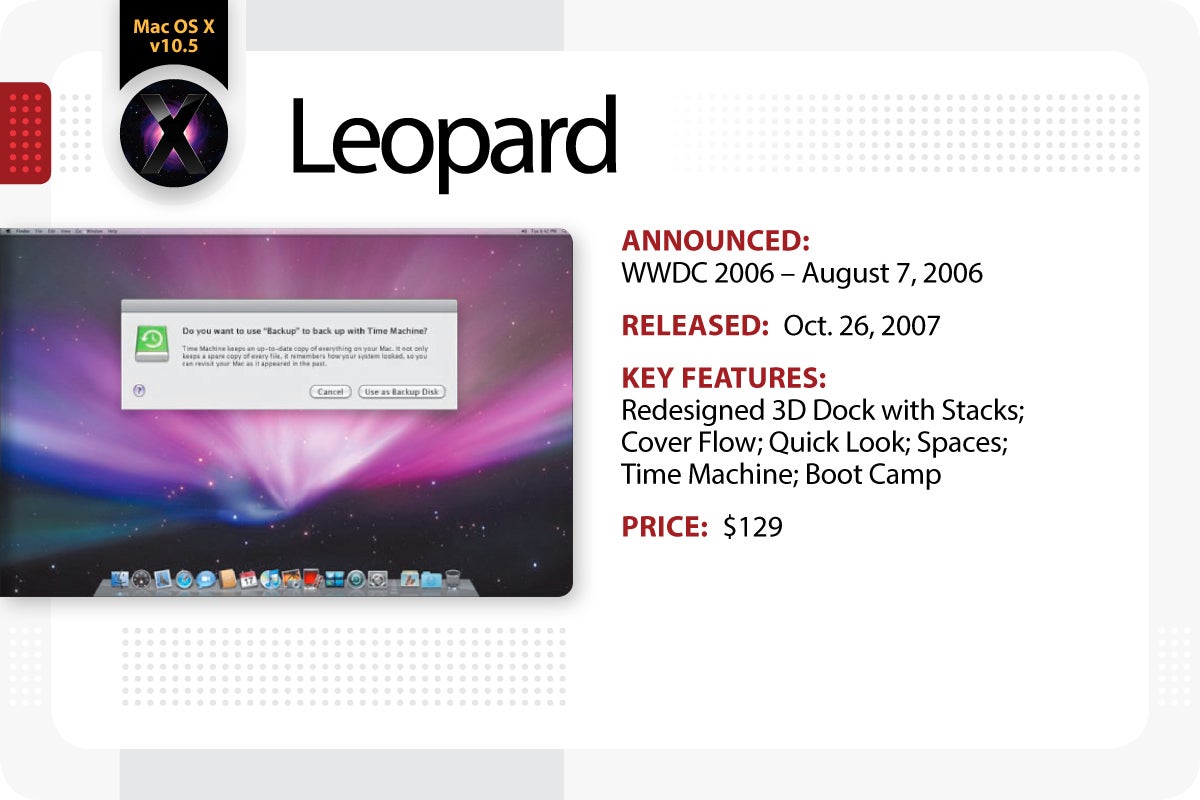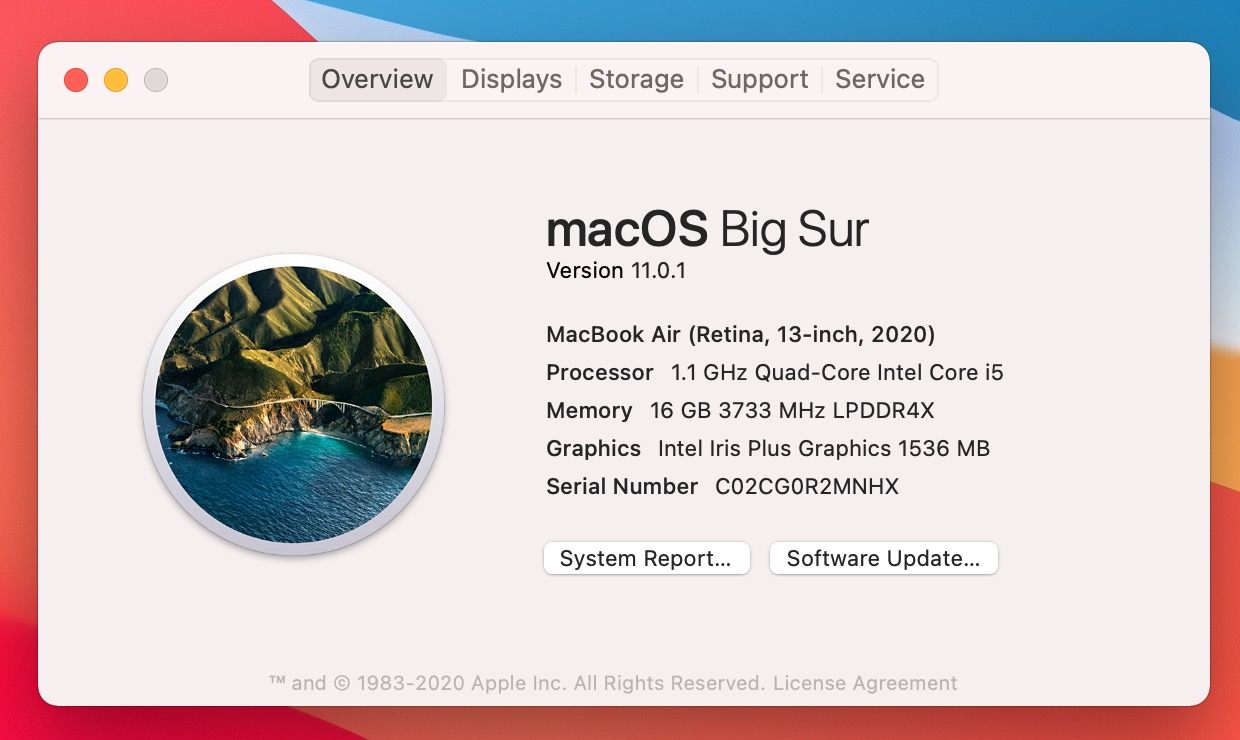


- Osx version for old hardware 2017 update#
- Osx version for old hardware 2017 Patch#
- Osx version for old hardware 2017 upgrade#
- Osx version for old hardware 2017 pro#
The updated thermal design results in a wider ventilation grill at the back of the machine.
Osx version for old hardware 2017 pro#
The iMac Pro looks much like a standard iMac, with an ultra-thin slim-bodied design and a minimal footprint, but it is set apart with a unique space gray enclosure and a new thermal design that delivers 80 percent more cooling capacity and 75 percent more airflow to support up to 500 watts of power, which equates to 67 percent more power than the previous iMac. IMac Pro features four Thunderbolt 3 ports powerful enough to drive multiple 5K displays at once, and it supports up to 4TB of solid state storage, 256GB of ECC RAM, and a Radeon Pro Vega 64X graphics card with 16GB of HBM2 memory. Aside from these unique design elements, the iMac Pro is otherwise similar in design to the existing 27-inch iMac. The iMac Pro is equipped with a high-quality 5K display that supports 1 billion colors and it comes in a unique space gray enclosure with matching (and exclusive) space gray accessories, plus a black Lightning cable, the first Apple has released. Apple is offering 10- to 18-core configurations.Ī dedicated Apple-designed T2 processor integrates the SMC, image signal processor for the camera, audio control, SSD control, a Secure Enclave, and a hardware encryption engine, bringing new functionality to the iMac and ensuring greater security. The iMac Pro features the same design as the standard iMac, but with an all-flash architecture and a new thermal design that supports an Intel Xeon processor with up to 18 cores and a top-of-the-line Radeon Pro Vega graphics. In August 2020, Apple upgraded base iMac Pro models with a 10-core processor, so the entry-level iMac Pro now ships with an 10-core processor instead of an 8-core processor. SSD prices dropped even further in July 2019. Apple in March 2019 lowered the pricing of some of the higher-end build-to-order options, dropping the cost of the 64 and 128GB RAM upgrades by $400 and the 2TB and 4TB SSD options by $200 to $400.
Osx version for old hardware 2017 upgrade#
You can get all this code in a sample script I posted on gist.Apple released the iMac Pro in December 2017, but introduced new Radeon Pro Vega 64X graphics as a build-to-order upgrade option in March 2019 and increased the maximum RAM to 256GB. You could split the version into its parts with awk: echo "minor version:" $(sw_vers -productVersion | awk -F. “Mavericks and later”) Splitting the Version Often you want to check for the minor version to be higher than a certain number (i.e. The [[ operator let’s you use the asterisk * as a wildcard in string comparisons: os_ver=$(sw_vers -productVersion)īut even that can get tedious when you have a range of minor versions.
Osx version for old hardware 2017 Patch#
This will get tedious when you need to check for many patch versions. You can test for a specific version with string comparison: if ] then Documentation in code helps avoid confusion. It does not really matter as long as you are explicit what you mean and remain consistent. Note: because the first part of the version for macOS is always 10, some call the second number the major version of macOS and the third the minor version. ( Useful list of macOS versions and names on Wikipedia.)
Osx version for old hardware 2017 update#
The second part (“minor” version) denotes the version of macOS ( 11: El Capitan, 12: Sierra, 13: High Sierra, etc.) and the third (“patch” or update version) the update number. The first part of the version number (“major” version) is always 10 (so far). You can add the -productVersion argument to get just the product version number: $ sw_vers -productVersion On macOS you can get details on the version of the currently running system with the sw_vers command: $ sw_vers Note : I have a new post about this, updated for macOS 11 Big Sur: macOS Version Big Sur Update Getting the Version In many administration scripts, you need to check the version of macOS, to make sure you don’t try to access features that are not present on other versions.


 0 kommentar(er)
0 kommentar(er)
